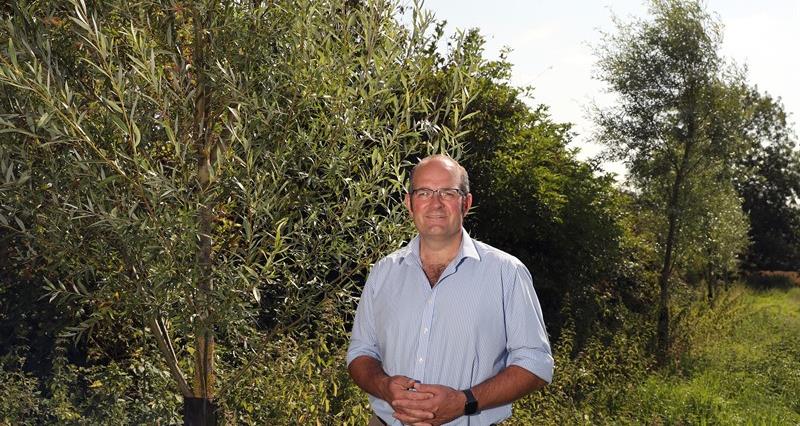Ash dieback is a disease which can affect ash trees of any age. It's important to be able to spot the signs and know what your legal obligations are around felling to ensure both people and nature remain protected on farm.
What is ash dieback?
The ash dieback fungus was first officially confirmed in the UK in 2012, and since then, the fungal disease has spread to a significant number of ash trees throughout Britain. Ash dieback can affect ash trees of any age and it is predicted that it will kill up to 80% of ash trees across the UK.
With the agricultural sector comprising a substantial 71% of the UK’s land use, farmers have a crucial role as custodians to trees such as ash. Trees play a vital role by providing habitat connectivity, mitigating flooding, preventing soil erosion, providing habitats for pollinators, birds and insects, and even presenting opportunities for diversification within farm businesses.
Taking steps to respond to, and recover from, ash dieback in ash trees can help to protect people and nature on farm.
Six steps to managing ash dieback
LEAF (Linking Environment and Farming) has developed a practical manual with input from various stakeholders including the NFU, which outlines six simple steps to help farmers and landowners identify, assess, and manage ash dieback.
The guide also includes useful sections on wider health and safety issues, legal obligations around felling, and ways to reduce costs associated with managing ash dieback. It is designed to be an invaluable visual resource, assisting farmers in making more informed decisions to protect their businesses, people and environment.
You can access the guide at: LEAF | A Farmer's Guide to Ash Dieback
Tree pest and disease funding
Defra’s Tree Health Pilot is offering funding to land managers and owners of small woodland, farmers with trees and those with trees outside woodland, to help combat several tree pests and diseases. The grants available vary depending on the species and disease.
Please note that the grant does not fund the cost of felling ash trees with ash dieback. The grant can, however, pay back the costs associated with groups managing ash dieback, this includes; road closers, surveys, restocking, capital items and maintenance. The NFU has raised members' concerns with the government about the need for support to cover the felling costs associated with ash dieback.
Those looking to restock woodland after felling due to a tree health issue such as ash dieback may be interested in the government's Woodland Tree Health grants available under Countryside Stewardship.
More information can be found at: GOV.UK | Woodland Tree Health grants 2023.
Tree safety
It is important to understand regulations and safety measures when dealing with potentially dangerous or diseased trees such as ash. Some key points to consider are:
1. Felling licences
Trees that are considered dangerous or a nuisance are exempt from felling licences, but it is important to verify with the local Forestry Commission before undertaking any work to avoid illegal felling.
2. Local authority intervention
If a tree is deemed a risk to the public, the local authority can require pruning or felling under the Highways Act 1981, applicable to both private and public land.
3. Hazard zone
If a tree is deteriorating from a disease, create a hazard zone around the tree to prevent contact with falling limbs or the tree itself. Monitor the tree closely and hire forestry professionals to remove affected parts or the entire tree if necessary.
4. Be mindful of pedestrian areas
If the area around the diseased tree is frequently used by pedestrians, implement a hazard zone or permissive footpath and use signage to inform people about the diseased tree and suggest staying outside the hazard zone or using the designated footpath.
5. Hiring professionals
Removal of diseased trees should be done by trained professionals with the appropriate certifications, including chainsaw and tree climbing licences, as well as work at height training. Accredited forestry professionals can be found through organisations like the Arboricultural Association, the International Society of Arboriculture, the Institute of Chartered Foresters, or local council websites.
By following these guidelines and working with trained professionals, farmers can ensure the safe removal and management of diseased trees on their land while maintaining the safety of the surrounding environment and public.



